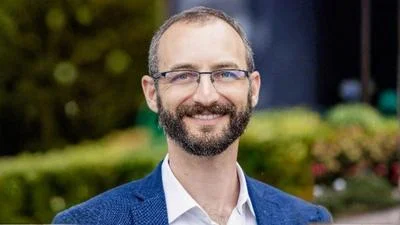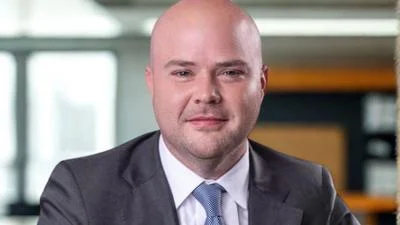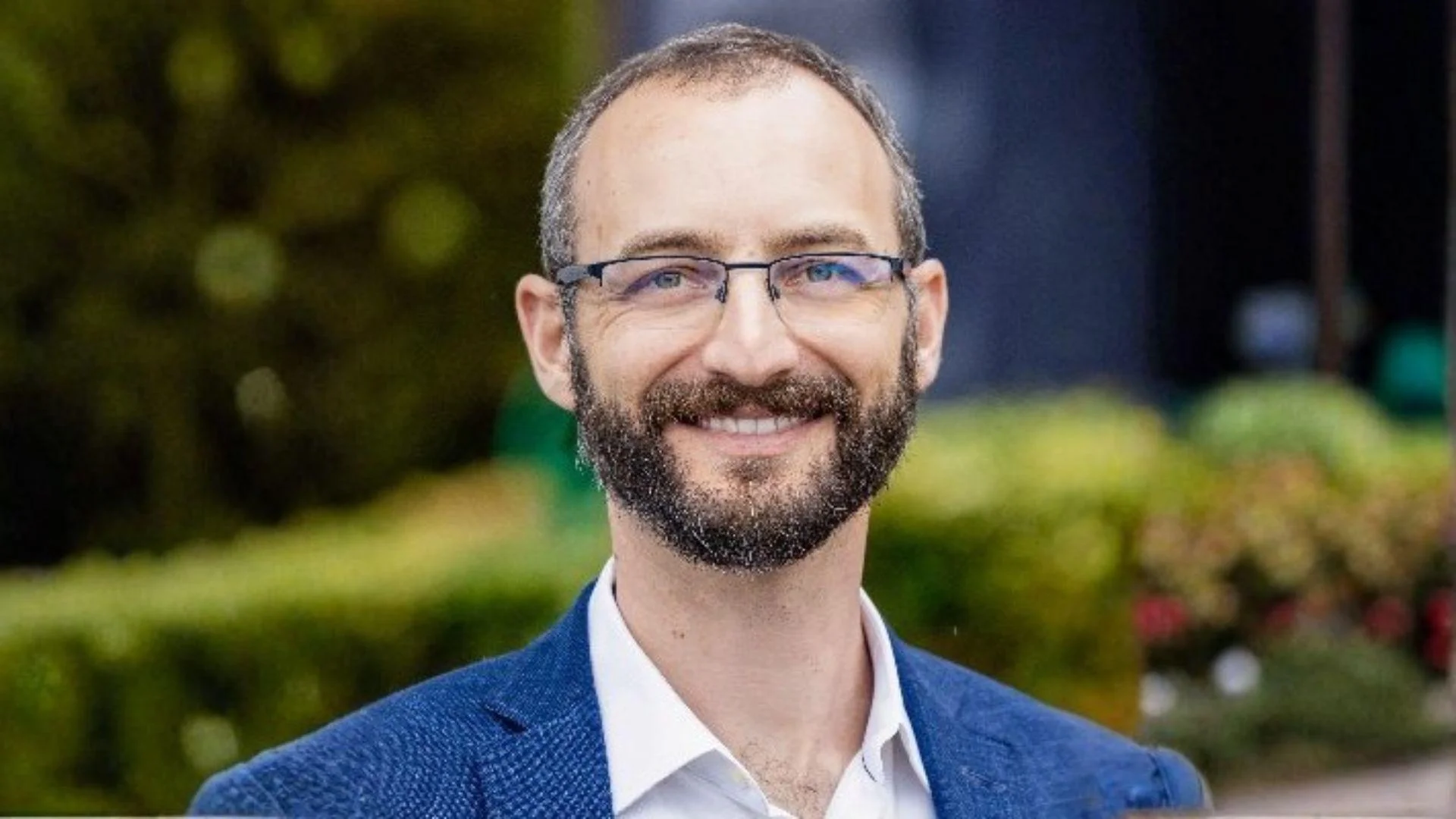Jostling among hospitals, pharmacies, doctors, and third-party payers over the delivery of specialty cancer drugs is likely to intensify, according to experts observing the already fast-shifting field of oncology treatment channeling.
Hospitals, hospital-owned physician practices, and on-site specialty pharmacies are taking over an increasing share of the treatment of cancer patients. That appears to be driving up costs, according to studies.
In turn, pharmacy benefit managers want to shift to the so-called white bag/brown bag method of delivery, and increasingly use specialty pharmacists in order to control costs, according to Devon Herrick, who studies 21st medicine with the National Center of Policy Analysis.
Dr. Adam Fein, an expert on drug channeling, argued in a recent post on his own Drug Channels the traditional “buy and bill” method of delivery and payment is declining as third-party payers prefer using specialty pharmacists.
But there is the trend, Herrick wrote in an email message to American Pharmacy News, of “more oncology [treatment] moving to hospitals or hospital-owned physician practices where insurers/patients can be charged higher fees.”
The traditional buy-and-bill method sees the health care provider purchase a drug from a pharmaceutical wholesaler or specialty distributor. The provider administers the drug, then submits a claim for reimbursement for the drug and any other medical services.
Third-party payers have become dissatisfied with the buy-and-bill approach for specialty pharmaceuticals covered under a patient’s medical benefit, Fein, president of Philadelphia-based Pembroke Consulting, a management advisory and business research firm, stated.
Many are encouraging pharmacies to manage and distribute provider-administered specialty drugs.
This is done by white bagging, where the pharmacy ships a patient’s prescription directly to the provider, either the physician’s office or an outpatient clinic, or brown bagging, where the patient picks up the prescription and brings it to the provider.
“At the same time, pharmacy benefit managers want to hold down costs so they contract with specialty pharmacies to more tightly control quality and expenditures,” Herrick said.
In his post on his drugchannel.net, Fein discussed the significant changes in the the distribution channel for provider-administered oncology drugs, particularly the move away from the traditional buy-and-bill strategy.
“Pharmacies — via white and brown bagging — have displaced buy-and-bill distribution channels for about one-quarter of oncology products.” he wrote.
For about one-quarter of provider-administered oncology drugs, pharmacies have replaced the buy-and-bill system, Fein calculated. A pharmacy channel typically corresponds with pharmacy benefit coverage rather than medical benefit coverage. That means a greater cost to the patient.
“For the remaining purchases, community oncologists still rely on traditional buy-and-bill wholesale distribution channels," Fein said in the post published Tuesday. "Hospital-based practices, however, are more likely to source products from the hospital’s pharmacy.”
The other movement is that hospitals are increasingly used for the administering injections, which also leads to the patients’ cost rising, Herrick said.
“Hospitals also are less likely to 'white bag' oncology drugs than physician practices,” the analyst said. “Hospitals also have more market power when negotiating with drug/health plans.”
He added, “I see the move to white bag/brown bag as a way for PBMs to control costs but I suspect some of this will be countered by hospitals taking over infusion/injections.”
Some physicians feel aggrieved and “complain hospitals earn more than they do for the same work.”
A study by researchers at the University of Chicago who analyzed private health insurance claims data from the Health Care Cost Institute found significant consolidation between outpatient oncology practices and health care systems in the decade leading up to 2013.
The researchers linked that to a rise in spending on drug-based cancer care. Each one percentage point increase in the proportion of medical providers who were affiliated with a hospital or health system was associated with a 34 percent increase in annual average spending per patient.
The study confirmed that patients who had their chemotherapy delivered entirely in the hospital outpatient setting incurred a significantly higher cost than patients whose chemotherapy was delivered entirely in a physician office.
For Medicare patients, the difference was $13,167 (37 percent) higher in 2004 and $16,208 (34 percent) higher in 2014; for commercially insured patients it was $19,475 (25 percent) higher in 2004, and $46,272 (42 percent) higher in 2014.











 Alerts Sign-up
Alerts Sign-up